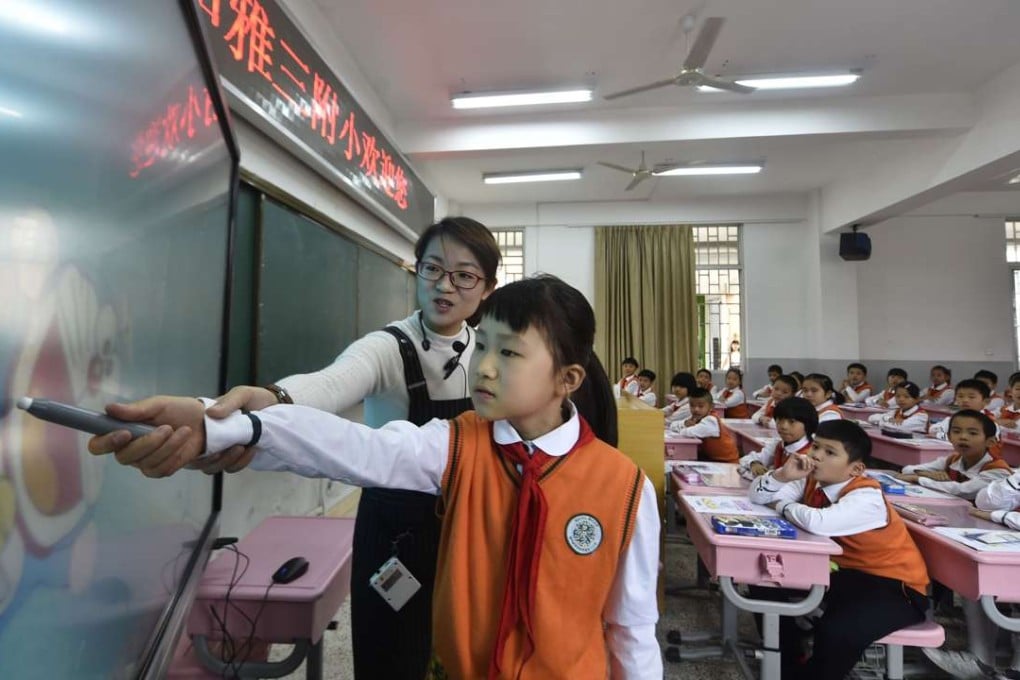How China’s new philanthropists can help deliver education for all
Charles Chen Yidan says donors must back innovative, tech-focused ways to enhance traditional education for maximum impact and so transform students’ futures

Delivering inclusive and equitable education at all levels will take more than just a blank cheque
Now is the time for philanthropy to back innovative approaches that can tackle the task at hand. Delivering inclusive and equitable education at all levels will take more than just a blank cheque.
The automation of industries means future economic growth will be less dependent on labour-intensive jobs, with profound implications for education policy. But governments everywhere face challenges in ensuring education keeps pace with changing needs.
Who are the biggest Chinese philanthropists?
Take China. Resources have been invested in public education, but are still scarce and severely imbalanced. Quality teachers are concentrated in larger cities. Students dropping out of school is a serious issue in rural areas, especially for migrant workers who have to leave their children behind. China had 61 million “left-behind” children in 2014, accounting for 22 per cent of all its children.

China has 61 million left-behind children ... that’s almost Britain’s total population
While good intentions are welcome, money without purpose achieves few results